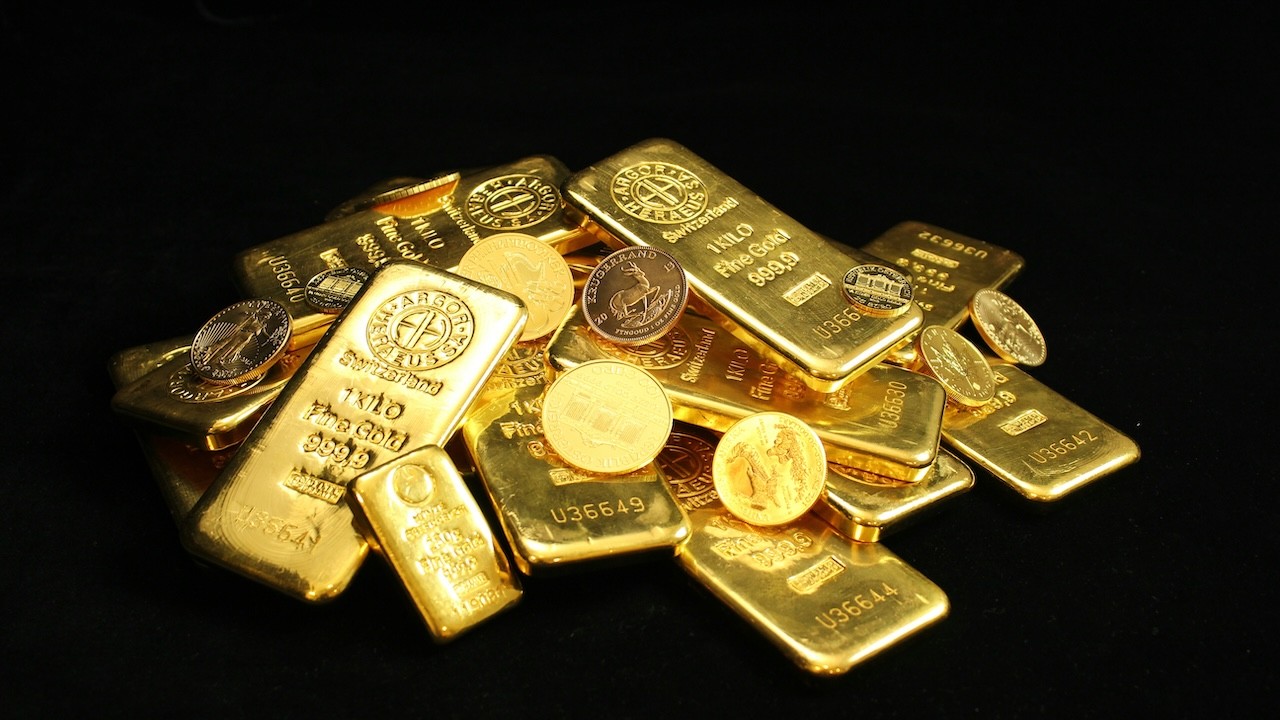(Mike Maharrey, Money Metals News Service) Record gold prices drove first-quarter demand in 2025 to the highest level since 2016.
The LBMA gold price hit multiple record highs in Q1, with the average price coming in at $2,860 an ounce. That was a 38 percent year-on-year increase.
The gold price was driven by multiple factors, including the specter of a trade war, geopolitical turmoil in the Middle East and Ukraine, stock market volatility, and dollar weakness.
With prices on a strong bull run, total Q1 gold demand, including over-the-counter (OTC) investment, came in at 1,206 tonnes, a 1 percent increase year-on-year. In dollar terms, demand was nearly $111 billion, just slightly off the all-time quarterly record. The relatively modest uptick in volume translated to a 40 percent y/y rise in value.
There was a sharp revival in ETF inflows during Q1. This helped more than double investment demand to 552 tonnes. That represents a 170 percent year-on-year increase, the highest since Q1 2022.
In dollar terms, ETF demand of $21 billion ranked as the second highest quarterly inflow on record, just $3 billion lower than the record inflow set in the second quarter of 2020 during government pandemic shutdowns.
Bar and coin demand was also robust, coming in at 325.4 tonnes, a 3 percent y/y increase. This was 15 percent above the 5-year average.
Chinese demand was the primary driver for bar and coin sales, surging 12 percent to 124 tonnes. China accounted for 38 percent of global Q1 bar and coin investment.
Bar and coin demand was also strong in India, rising 7 percent y/y to 47 tonnes. This was sharply lower than the previous two quarters, but this was typical seasonal decline due to the drop in festival and wedding buying in Q1.
Meanwhile, bar and coin demand in the U.S. dropped to the lowest level in almost 5 years.
Unsurprisingly, high prices squeezed gold jewelry demand and Q1.
In volume terms, demand fell 21 percent year-on-year to 380 tonnes. However, in dollar terms, demand increased by 9 percent to $35 billion.
According to the World Gold Council, every market except China reported value growth, “suggesting that consumers were prepared to stretch their budgets in light of higher prices.”
Demand drag was particularly noticeable in price-sensitive Asian markets. Chinese gold jewelry demand hit a five-year low of 125 tonnes. However, the demand in dollar terms was down just 6 percent.
India also reported a sharp 25 percent drop in jewelry demand to 71 tonnes. It was the lowest quarterly volume since Q3 2020. However, the value of that demand rose by 3 percent.
In the U.S., gold jewelry demand fell more modestly, down 5 percent y/y. However, the rising prices drove the value of that demand 32 percent higher.
Central bank net gold purchases came in at 244 tonnes. That was 21 percent lower than the first quarter of 2024, but as the World Gold Council put it, “comfortably within the quarterly range of the last three years.”
The National Bank of Poland was the biggest buyer in Q1 (49 tonnes). Other significant buyers included China, Kazakhstan, Turkey, India, and the Czech Republic.
Demand for gold in industry and technology was flat at 80 tonnes in Q1, despite a 2 percent increase in demand in the electronics sector. Demand for AI-related applications and devices remained strong, supported by new product launches in China.
On the supply side, mine output was slightly higher than Q1 2024, coming in at 855.7 tonnes. That broke last year’s first quarter production record of 853.4 tonnes.
Gold recycling was down by about 1 percent despite the higher prices.
Total gold supply increased by 1% y/y to 1,206 tonnes in Q1.
Mike Maharrey is a journalist and market analyst for Money Metals with over a decade of experience in precious metals. He holds a BS in accounting from the University of Kentucky and a BA in journalism from the University of South Florida.

